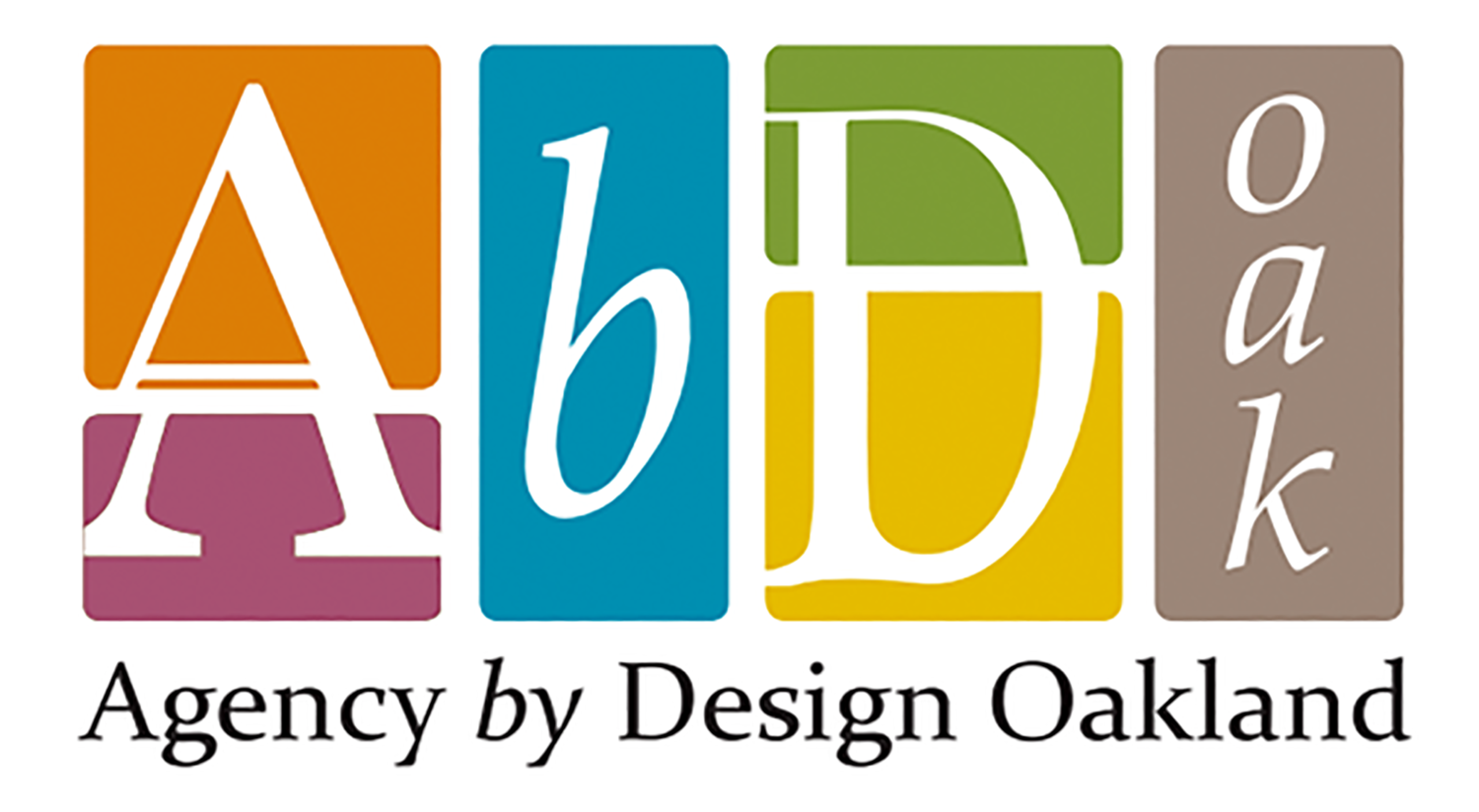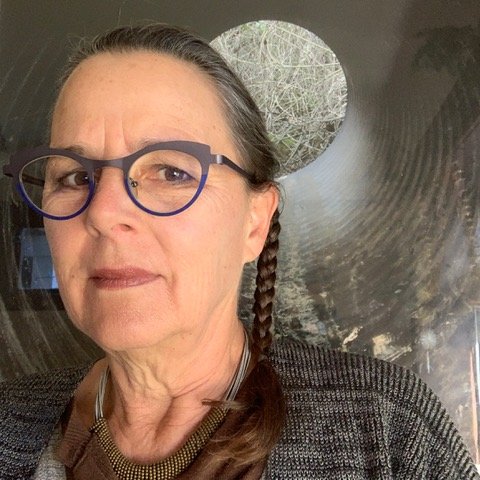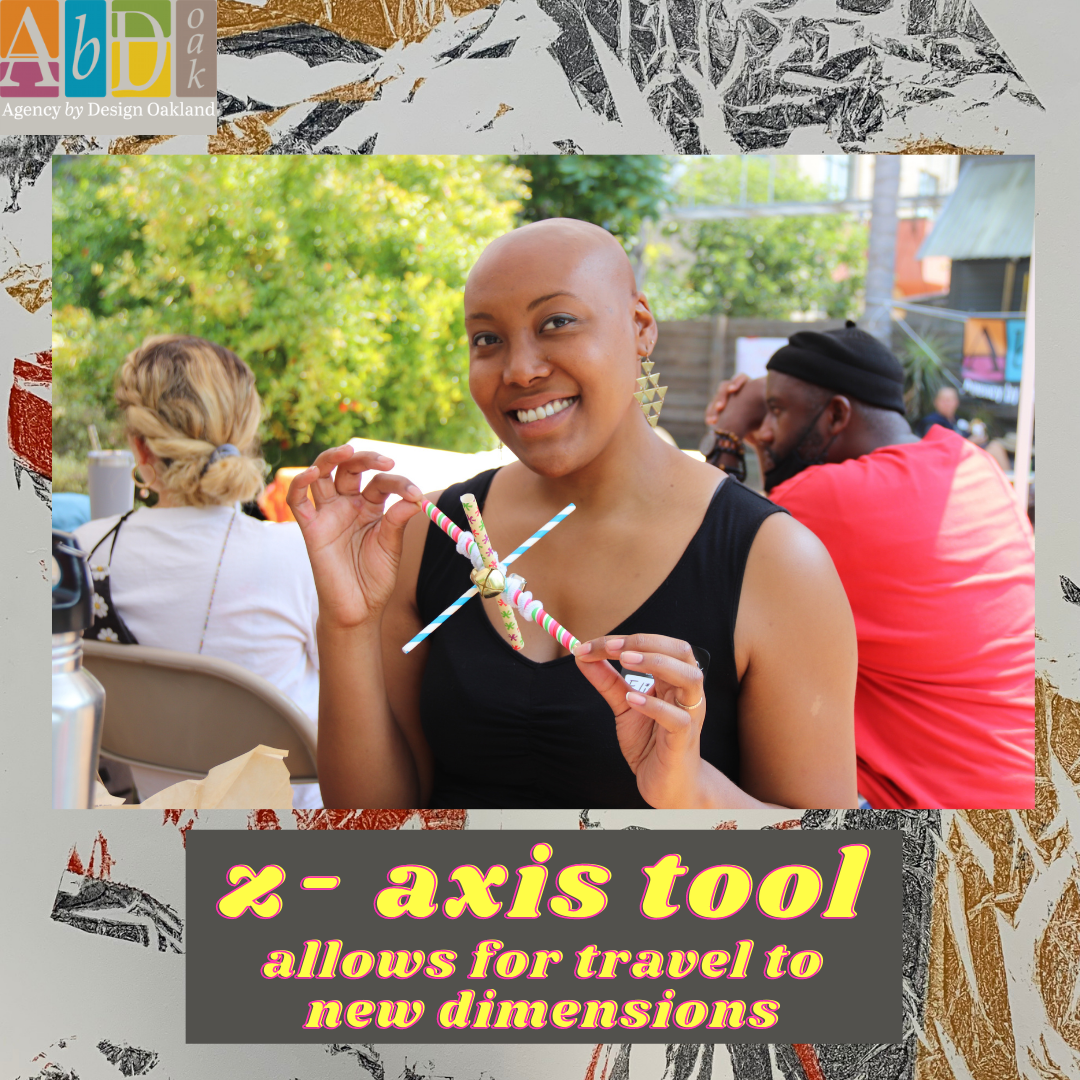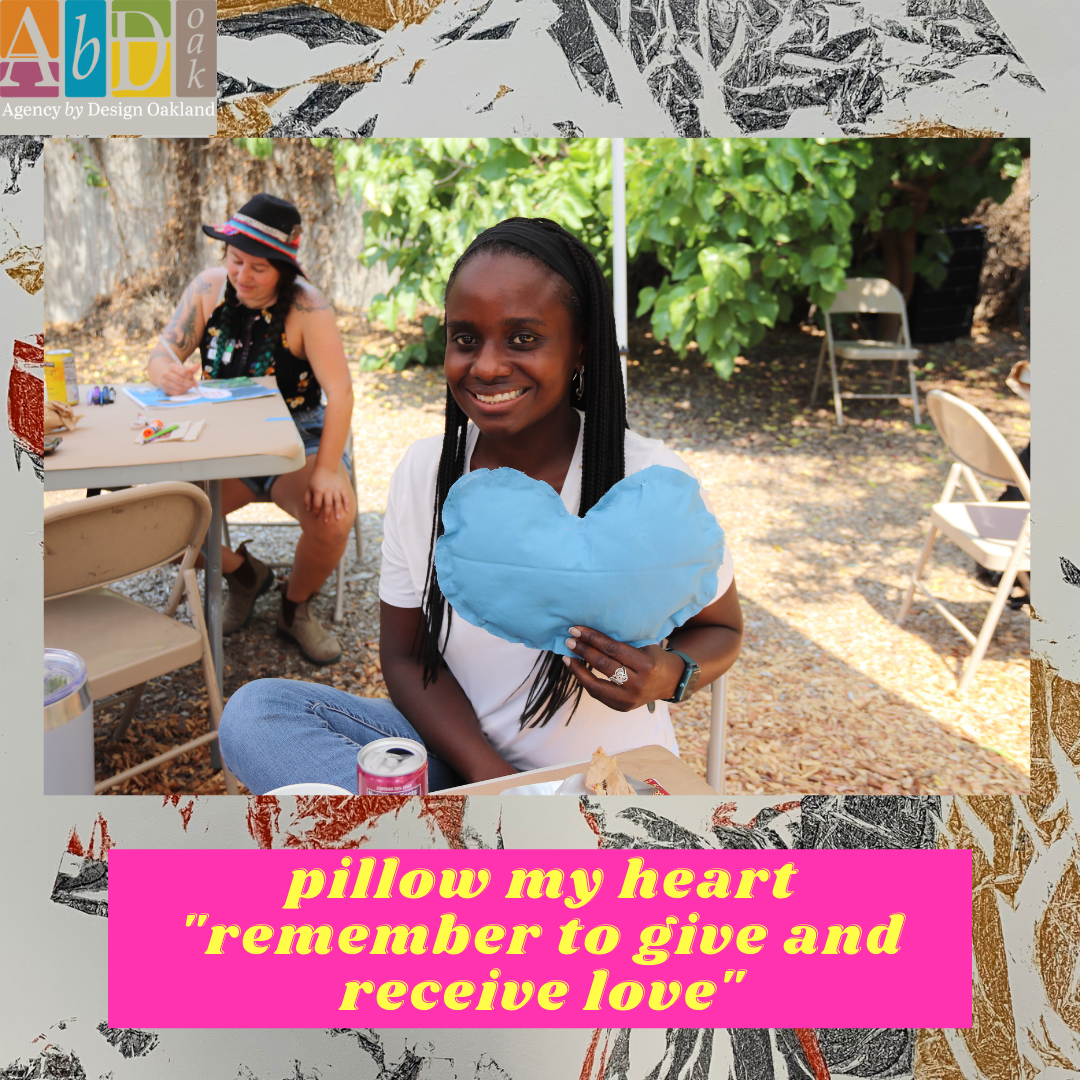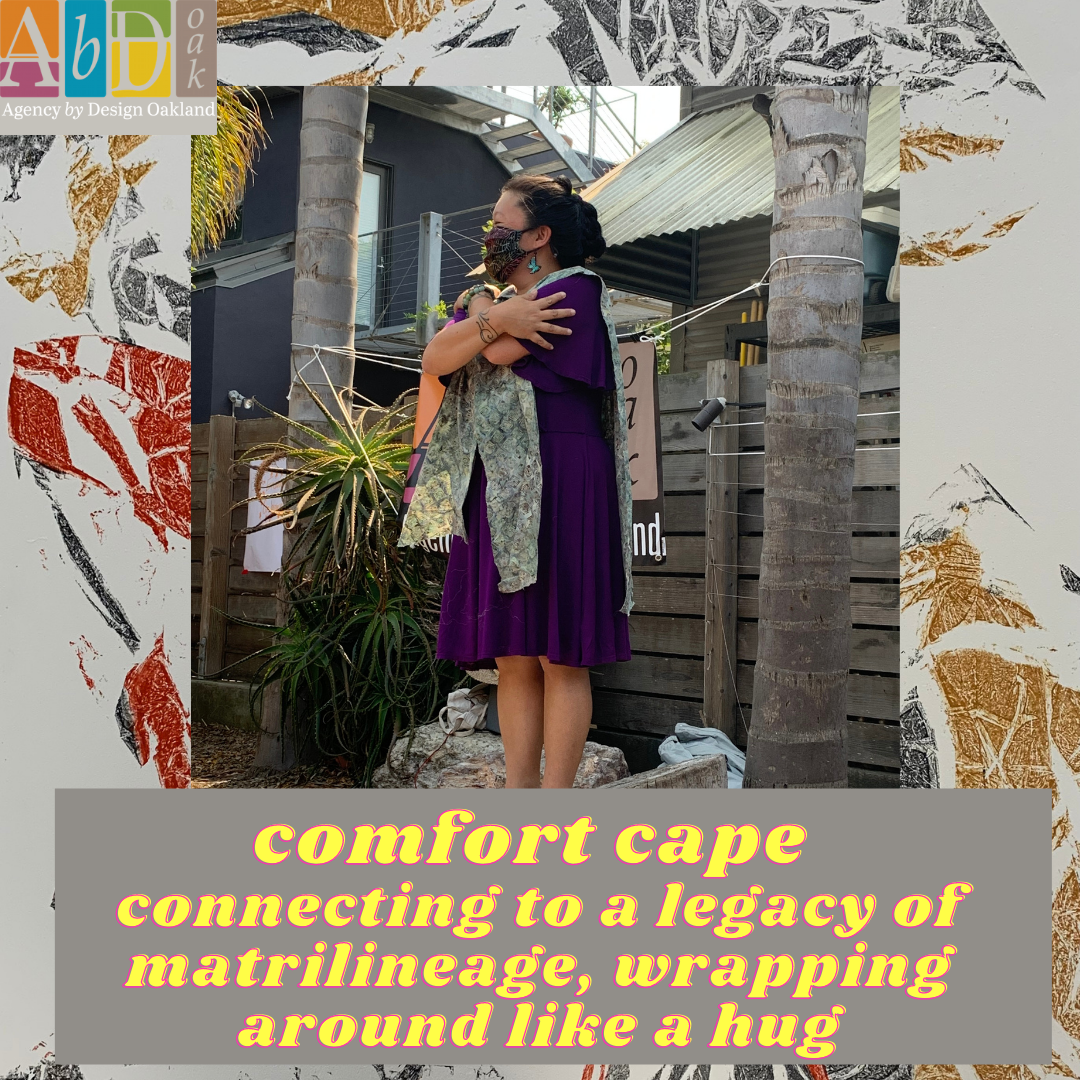By: Alia Ghabra, Programs Director
What happens when you pause to remember your middle school experience? Do you close your eyes and feel a smile crinkle around the corner of your mouth and the edges of your eyes? Or does your heart start immediately palpitating as memories of bullying and othering storm your mind? This year, Agency by Design Oakland has partnered with OUSD’s Middle School Network to transform students’ middle school experience and cultivate a new narrative: one of joy, one of humanity.
How do we create spaces of belonging and joy for our students - where we stand in shared humanity with them? These spaces need to be modeled and experienced as adults first - so many of the adult spaces we are a part of are riddled with white supremacy culture: be on time, produce work even if you are tapped out, do not embrace complexity and questions - come up with answers and solutions. AbDO created this space for educators, a space where people could feel human, could bring their whole selves into a professional learning community space and not feel extracted from. We are all here for the kids AND we are humans and have our own needs as well.
“I am reminded when I come to the fellowship that there are people who not only believe in humanizing education, but also those who are courageous enough to name the systemic change required for sustainable change.”
Educators are magic. So much responsibility is put on educators - to be a part of every committee, to go above and beyond your work hours, to sacrifice your boundaries in order to serve. We have all felt this pressure. And it is often hard to find spaces within education that are free from this pressure and the expectations that are put upon us.
Research shows that when you do not feel psychological safety, you are less likely to learn. When you feel joy and connection, you are primed to learn. When you play and make, you are experiencing joy and connection. This is how we orient ourselves to our adult learners as well - joy, experience and connection - are all essential building blocks to learning and being able to push one's thinking.
This year has been full of ups and downs as we all learn how to do this work better, and in a different way. The fellowship has leaned heavily on the work of National Equity Project and practiced using liberatory design cycles for equity, as well as Street Data, a town-based book about more human forms of data. Armed with these tools, Culture & Climate teams composed of teachers, social workers, Assistant Principals, RJ workers and therapists, from Montera, UPA, Roosevelt and Westlake, have conducted three design iterations starting with empathy interviews, to investigate joy and belonging at their schools sites. With this data, teams were able to iterate on different ideas to address cultivating joy at their sites.
Sound interesting? It is!
We welcome you to join us at our exposition of learning from these incredible middle school teams, and check out their learning journeys, how they have grappled with failure, and reframed those as opportunities for learning and creatively pushing forward. At the Expo, you will learn about Agency by Design Oakland, hear ignite talks and listen to student panels, as well as get a chance to experience interactive displays from our middle school teams.
Join us at the Culture & Climate Expo on April 26 from 5 - 7 at the cafeteria in Montera Middle School to celebrate an amazing learning year. Please RSVP on Eventbrite. Food and drinks will be provided.
Is your school site interested in sending a team to be a part of next year’s OUSD middle school fellowship? If so, contact Alia at aliasuad@gmail.com.
